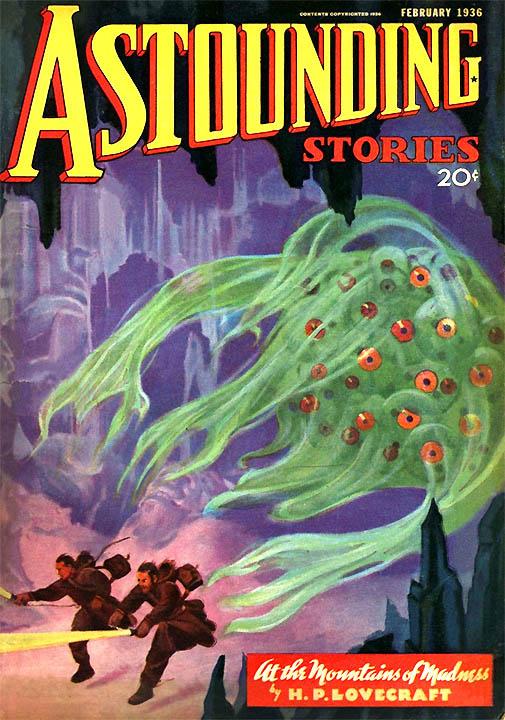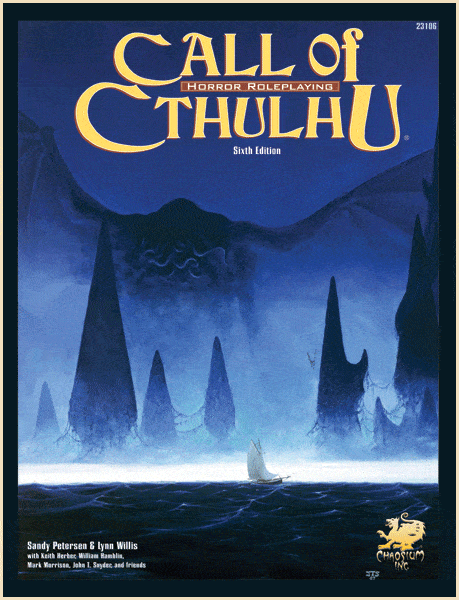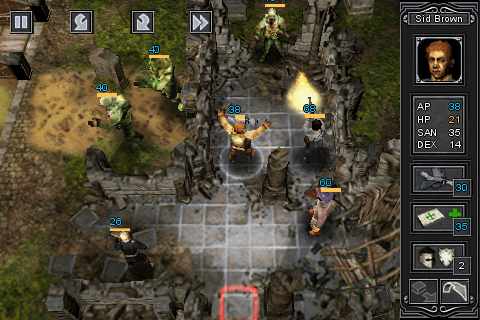- Wondering how to get Monopoly GO! free rolls? Well, you’ve come to the right place. In this guide, we provide you with a bunch of tips and tricks to get some free rolls for the hit new mobile game. We’ll …
Best Roblox Horror Games to Play Right Now – Updated Weekly
By Adele Wilson
Our Best Roblox Horror Games guide features the scariest and most creative experiences to play right now on the platform!The BEST Roblox Games of The Week – Games You Need To Play!
By Sho Roberts
Our feature shares our pick for the Best Roblox Games of the week! With our feature, we guarantee you'll find something new to play!All Grades in Type Soul – Each Race Explained
By Adele Wilson
Our All Grades in Type Soul guide lists every grade in the game for all races, including how to increase your grade quickly!
Call of Cthulhu: The Wasted Land, Developer Diary #1
Hello fellow Gamezebo readers. I’m Tomas Rawlings, the designer of the new upcoming Call of Cthulhu: The Wasted Land. Some readers may remember me from the series on how to start your own game studio I wrote for Gamezebo a few months ago, but today I’m here to chat about a game we’ve been working really hard on now for almost a year, and we’re approaching completion. Call of Cthulhu: The Wasted Land is a role-playing/strategy game set in the midst of the First World War. It is based on the classic and multi-award winning paper role playing game of the same name, which coincidently this year, celebrated its 30th anniversary.

Hello fellow Gamezebo readers. I’m Tomas Rawlings, the designer of the new upcoming Call of Cthulhu: The Wasted Land. Some readers may remember me from the series on how to start your own game studio I wrote for Gamezebo a few months ago, but today I’m here to chat about a game we’ve been working really hard on now for almost a year, and we’re approaching completion. Call of Cthulhu: The Wasted Land is a role-playing/strategy game set in the midst of the First World War. It is based on the classic and multi-award winning paper role playing game of the same name, which coincidently this year, celebrated its 30th anniversary.
Its probably worth a few words for those readers who’ve not come across the Call of Cthulhu before. If this is you, then you’re in for a treat – the world of Cthulhu and its ilk was the invention of a cult American horror writer of the 1920s called Howard Philip Lovecraft, who was not that widely known in his own time (1890-1937) and was in many ways a reflection of the values and attitudes of his era. However, while he was writing pulp fiction in magazines like Weird Tales and Astounding Stories, he developed a pantheon of ideas that really caught the imagination of both his writing peers and a select horror audience.

He did this by tapping into a very human desire we seem to have with the apocalypse. For Lovecraft, true horror was less about blood and gore or ghosts wailing in the night, but instead came from the realisation that we humans were far from the top of the cosmic pecking-order. He imagined a world where terror resided in the knowledge that the vastness of space which surrounded our fragile marble of life was inhabited by titanic beings of unimaginable power. But these were not kindly or benign gods, but alien beings without pity nor care for humanity.
All cultures throughout time have developed apocalyptic tales, and Lovecraft’s were the Ragnarok for the 20th century that flew in the face of our technological hubris. Most notable amongst these alien beings was the great Cthulhu, a monstrous deity with a deliberately unpronounceable name who slumbered deep beneath the Pacific Ocean awaiting the time till the stars were right when he would once more rise and begin his reign of destruction.
When Lovecraft died in 1937 his creations did not die with him. A number of his peers recognized the almost mythic power in these ideas and sought to keep them alive. Thus the cultural meme of Cthulhu began to spread and grow. His books were reprinted again and again and his reputation grew as new writers from Stephen King to Neil Gaiman declared his influence on their work. The Cthulhu meme spread beyond books, with the 80s shock-horror film Re-animator being a notable example, and Cthulhu’s recent cameo appearance in South Park, another.

His works also inspired a tabletop role-playing game which became the ‘dark’ alternative to those who wanted a little more meat with their game than playing with elves and dwarves (find out more about the paper-based game here). This is how I first encountered Lovecraft and Call of Cthulhu, and I’ve been plagued by dreams of horror ever since never looked back!
I’d written a paper supplement for Chaosium, the publishers of Call of Cthulhu, a couple of years ago, and talked to them about doing something in video games then and again on a number of occasions. When the stars aligned last year, I found myself in a position to do a mobile adaptation of Call of Cthulhu. I’ve been a games designer for a number of years, but this game has been a real challenge. Paper role-playing games have the magic of you and your fellow players’ imaginations which is one of the reasons why they are so much fun – that open-ended social interaction. However when you’re looking at a tiny phone screen, re-creating that experience is hard. So to resolve it, I looked back through games I’d played in the past for ones that created an intense game experience on an individual level regardless of graphics.
Some of the most challenging and enjoyable games I’ve played over the years have been turn-based games; Rebel Star Raiders, X-com, Fire Emblem and the like. Their Chess-like strategies combined with a fractured time structure builds a tension within the player. For example, the fear of seeing a key character whom you’ve nurtured over many missions die during the enemy turn knowing you’ve made the wrong call two turns ago is strong… With tension being the cousin of fear, my thought was “what if we could take the compelling universe of Call of Cthulhu, pull out the core gameplay from it and combine that with a turn-based environment?”
So in the design we kept the core components of the combat system – such as there being a dice roll to determine whether or not you hit your target, and if so, how much damage you do (in contrast to say, the sublime Advance Wars, where the outcomes are predictable). In Call of Cthulhu this combat system adds an element of unpredictability and so adds to the tension of the experience. However, being a role-playing game, the combat is not totally at the whims of the goddess of luck, for the player can develop their characters in ways to suit your gaming approach – be it ranged combat with the Lee Enfield rifle, getting in close with a trench knife, or using magic to incapacitate. The RPG element allows you to tilt the odds in the favour of how you play such games.

One of the key ideas of Call of Cthulhu that we’ve given pride of place to, but also modified to make it suit a video game arena better, is that of Sanity. Lovecraft’s writings featured madness often, as many of his protagonists ended up insane. In Lovecaft’s world, insanity is the only reasonable response to the true horror of the bleak, uncaring cosmos we exist within. In the paper game version of the Call of Cthulhu, your characters slowly lose their sanity in many adventures. Unlike fantasy RPGs, you’ll never end up being the Head Wizard, Princess or King of a magical realm as a reward for your victories. In Call of Cthulhu, you are destined to end up in an asylum. We’ve adapted the Sanity system so that your characters suffer from bouts of either mania (where briefly they become strong with rage before collapsing) or paralysed with fear. It means you need to ensure that you steal their minds as well as bodies for the inevitable, tentacled-evil they will meet.
Well that is all for now. The kind people at Gamezebo are going to give me another couple of slots here to talk more about the game, where I’ll be looking more at the artwork and the underlying 3D technology we’re using. Till then, sleep well and don’t have nightmares… yet…. In the meantime you can follow our team at Red Wasp Design on Facebook or Twitter and also on our blog. Thanks! (;,;)
More articles...
Monopoly GO! Free Rolls – Links For Free Dice
By Glen Fox
Wondering how to get Monopoly GO! free rolls? Well, you’ve come to the right place. In this guide, we provide you with a bunch of tips and tricks to get some free rolls for the hit new mobile game. We’ll …Best Roblox Horror Games to Play Right Now – Updated Weekly
By Adele Wilson
Our Best Roblox Horror Games guide features the scariest and most creative experiences to play right now on the platform!The BEST Roblox Games of The Week – Games You Need To Play!
By Sho Roberts
Our feature shares our pick for the Best Roblox Games of the week! With our feature, we guarantee you'll find something new to play!All Grades in Type Soul – Each Race Explained
By Adele Wilson
Our All Grades in Type Soul guide lists every grade in the game for all races, including how to increase your grade quickly!







